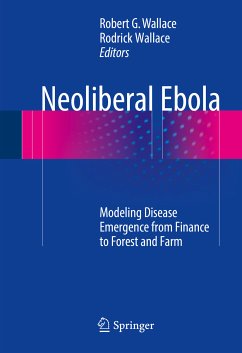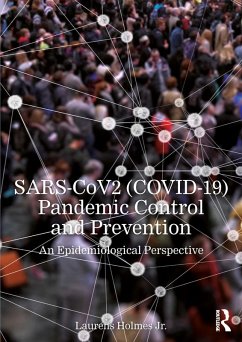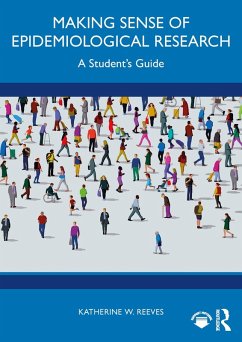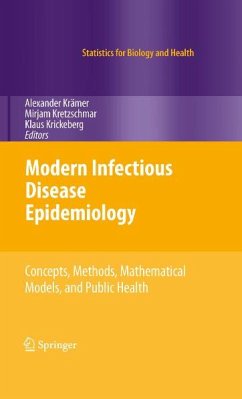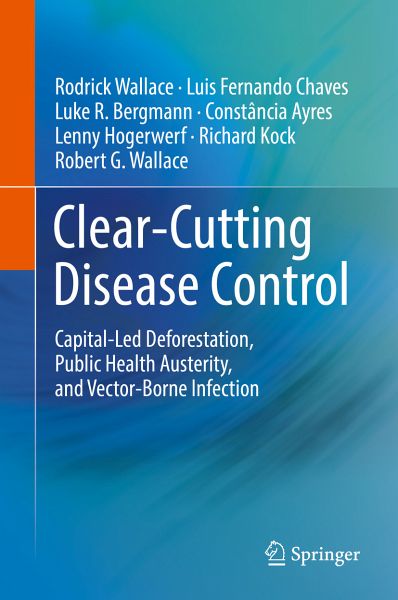
Clear-Cutting Disease Control (eBook, PDF)
Capital-Led Deforestation, Public Health Austerity, and Vector-Borne Infection
Versandkostenfrei!
Sofort per Download lieferbar
38,95 €
inkl. MwSt.
Weitere Ausgaben:

PAYBACK Punkte
19 °P sammeln!
Uses mathematical models that make clear the role of land use patterns in the onset and spread of vector-borne disease
Provides a new class of 'regression equation like' statistical models that can be fitted to data
Applies control theory to vector-borne infection, making clear the central role that public policy plays in the onset and/or control of disease
Provides a new class of 'regression equation like' statistical models that can be fitted to data
Applies control theory to vector-borne infection, making clear the central role that public policy plays in the onset and/or control of disease
Dieser Download kann aus rechtlichen Gründen nur mit Rechnungsadresse in A, B, BG, CY, CZ, D, DK, EW, E, FIN, F, GR, HR, H, IRL, I, LT, L, LR, M, NL, PL, P, R, S, SLO, SK ausgeliefert werden.



